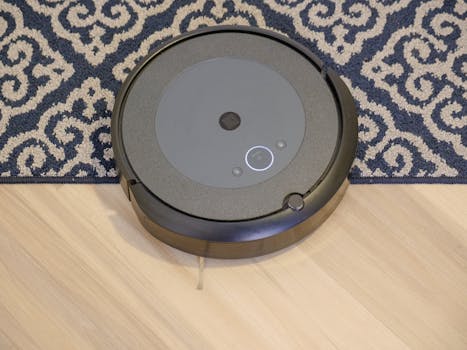
Smart Homes and Smart Living: The Technological Transformation of European Homes by 2025
Smart Homes and Smart Living are revolutionizing the way we live in European homes. By 2025, we can expect to see a significant transformation in the way our homes are designed, built, and lived in. With the integration of cutting-edge technology and innovative solutions, smart homes will become the norm, providing us with a more convenient, efficient, and sustainable living experience.
Introduction to Smart Homes and Smart Living
Smart homes and smart living refer to the use of advanced technology to create a more comfortable, convenient, and sustainable living environment. This includes the integration of devices, appliances, and systems that can be controlled and monitored remotely, using smartphones, tablets, or voice assistants. The goal of smart homes and smart living is to provide a seamless and intuitive living experience, where technology enhances our daily lives without being intrusive or overwhelming.
The Benefits of Smart Homes and Smart Living
The benefits of smart homes and smart living are numerous. Some of the most significant advantages include:
- Energy efficiency: Smart homes can optimize energy consumption, reducing waste and saving money.
- Increased convenience: Smart devices and appliances can be controlled remotely, making it easier to manage our daily lives.
- Enhanced security: Smart homes can be equipped with advanced security systems, providing an additional layer of protection for our families and belongings.
- Improved health and wellness: Smart homes can be designed to promote healthy living, with features such as air purification systems and smart lighting that adjusts to our circadian rhythms.
The Future of Smart Homes and Smart Living in Europe
By 2025, we can expect to see significant advancements in smart home technology, with a focus on integration, interoperability, and user experience. Some of the trends that will shape the future of smart homes and smart living in Europe include:
- Artificial intelligence: AI will play a crucial role in smart homes, enabling devices and appliances to learn our habits and adapt to our needs.
- Internet of Things (IoT): The IoT will continue to expand, connecting more devices and appliances, and enabling seamless communication between them.
- 5G and wireless connectivity: The rollout of 5G networks will provide faster, more reliable connectivity, enabling the widespread adoption of smart home technology.
- Sustainability: Smart homes will be designed with sustainability in mind, incorporating features such as renewable energy systems, green roofs, and energy-efficient appliances.
Conclusion
In conclusion, smart homes and smart living are transforming the way we live in European homes. With the integration of cutting-edge technology and innovative solutions, we can expect to see a significant improvement in our quality of life, with benefits such as energy efficiency, increased convenience, enhanced security, and improved health and wellness. As we look to the future, it’s exciting to think about the possibilities that smart homes and smart living will bring, and how they will shape the way we live, work, and interact with our surroundings.






